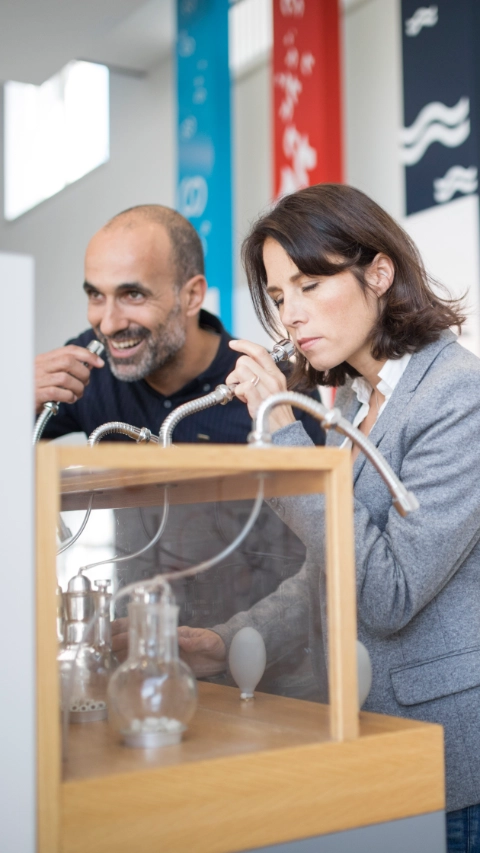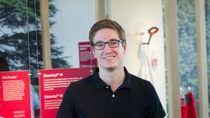Ludwigshafen
Our exhibition in the Visitor Center
Discover our exhibition virtually and find out about BASF.
Thanks to chemistry, your daily life is made more comfortable and more colorful. Our exhibition brings you closer to the entire world of chemistry on five floors. Informative. Fascinating. Eventful. With an exhibition area or 2,000 square meters, you will learn what chemistry can do as a science. You will be surprised at how closely connected BASF and your daily life are.






